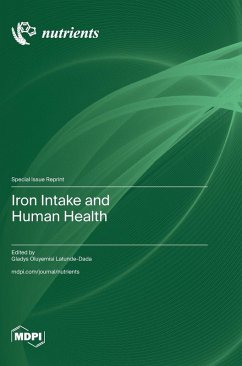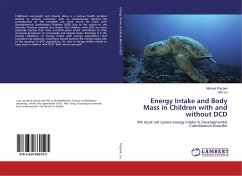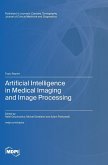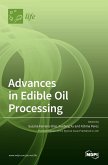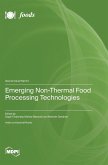Iron deficiency (ID) and iron deficiency anemia (IDA) are global problems that affect more than 2 billion people, accounting for significant mortality annually worldwide. Children, girls, and women of reproductive age are particularly vulnerable to ID and IDA due to their high physiological iron demands. The consequences of IDA include deleterious effects on cognition, mental function, work performance, and pregnancy outcomes. The causes of IDA include low iron intake and poor iron bioavailability from ingested foods. Inflammation and human diseases that are associated with high levels of hepcidin (the hormone that regulates the iron efflux protein, ferroportin) due to mutation in a serine protease, TMPRSS6, can also cause iron deficiency. Practical strategies aimed at preventing anemia include iron supplementation and the fortification of foods. Novel iron compounds that are aimed at averting complications such as irritation and inflammation of the gastrointestinal tract are being synthesized. On the other hand, concerns about the mandatory iron fortification of foods in segments of the population that are predisposed to the consequences of excess tissue iron toxicity can be addressed through administration of iron chelators.
Hinweis: Dieser Artikel kann nur an eine deutsche Lieferadresse ausgeliefert werden.
Hinweis: Dieser Artikel kann nur an eine deutsche Lieferadresse ausgeliefert werden.

